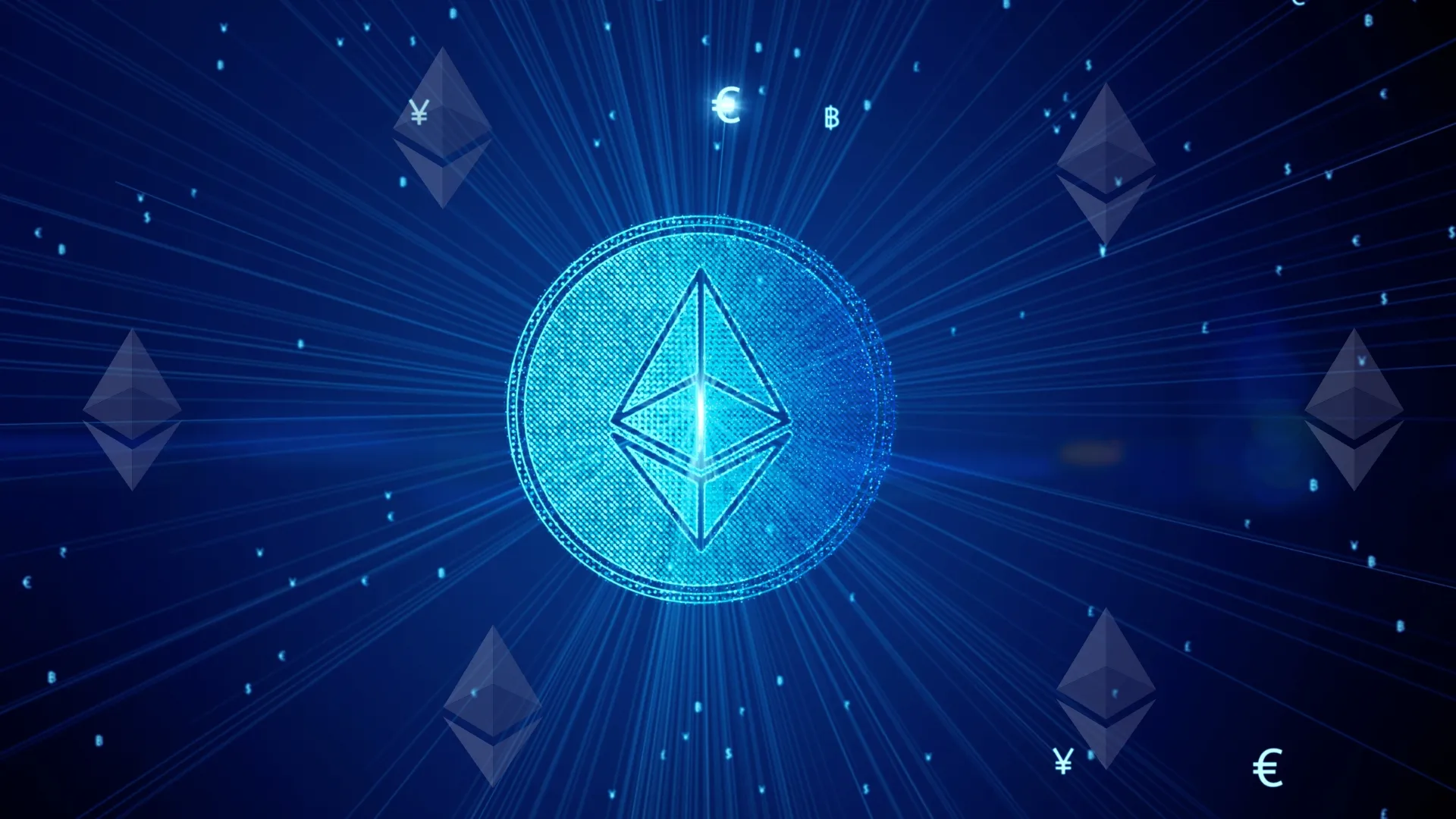
Sharding: Transforming Ethereum’s Transaction Speed
- 64 Shard Blockchains will be created that will process the transactions on Ethereum.
- This will increase the transaction speed of Ethereum from 15 to 100,000 transactions per second.
What is Sharding?
In simple terms, shard means to make different smaller parts of a big blockchain. This must have given you an idea what shading actually is. The Ethereum Blockchain will be divided into 64 different smaller parts including, the main ethereum blockchain. This means 63 more smaller blockchains will be added to the ethereum network. The reason behind this is that earlier all the transactions of ethereum were processed on one blockchain which made it very difficult to process all the transactions because of the high number of transactions on the network.
Earlier there was only one lane road to travel between London and Manchester and the travellers were many. Due to this, the travelling time which should be limited to 4 hours is now 8 hours. Due to high traffic, the government took note of this problem and made an 8 lane highway. Now not only will the time be reduced but more travellers will be able to travel without any inconvenience. This is how sharding works.
After sharding, different shard blockchains will process the transactions of the Ethereum network, which will allow Ethereum to process a much higher number of transactions and that too at a much lower cost.
Why Sharding?
It is a well-known fact that Ethereum is the second biggest cryptocurrency, with a 19% share in the crypto market. This is because it is the platform for Dapps. Uniswap, Decentraland, AAVE and many more big projects use this blockchain as a platform. Since it is used by many this blockchain needs to be very sustainable, efficient, secure and scalable.
Although Ethereum is very Efficient and secure because of the use of proof-of-stake consensus mechanism, if we talk about scalability, Ethereum is way behind than most of the other blockchains. At an era when blockchains are processing 1000 transactions per second Ethereum is stuck to 15 – 30 transactions per second. Which is definitely not a good number for the second biggest blockchain in the world.
Due to low transaction speeds, the network is applying high fees; for example, recently a network participant paid $50 to process a single transaction. This is because Ethereum uses a bidding system for processing transactions.
In this system, the participant who pays the highest fees will get the advantage for the fastest transaction while others will have to wait. This was a really big issue to solve. Developers came up with the idea of sharding which will solve this issue by making Ethereum thousands of times faster.
Will Sharding Reduce Gas Fees?
In the Ethereum network, the transaction fee is called the Gas Fees. This gas fee heavily depends on the traffic of the transactions. Because ethereum uses the bidding system of deciding the transaction fees. It allows participants to bid for the transaction fees the highest bidder gets the privilege of getting transactions processed fastest.
If the transaction fees will be processed on 64 different blockchains, this clearly means that the traffic on each blockchain will be reduced significantly. Since the overall transactions will be divided between 64 blockchain, this will result in much lower transaction fees. This will make Ethereum scalable while maintaining security, and decentralisation.
Conclusion
Sharding is the scalability solution for Ethereum, dividing the blockchain into 64 smaller shard blockchains to process transactions more efficiently. This will significantly increase the transaction speed from 15 to 100,000 transactions per second, reduce gas fees, and make Ethereum a more scalable and sustainable platform for decentralised applications.



